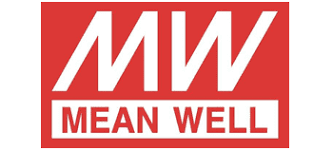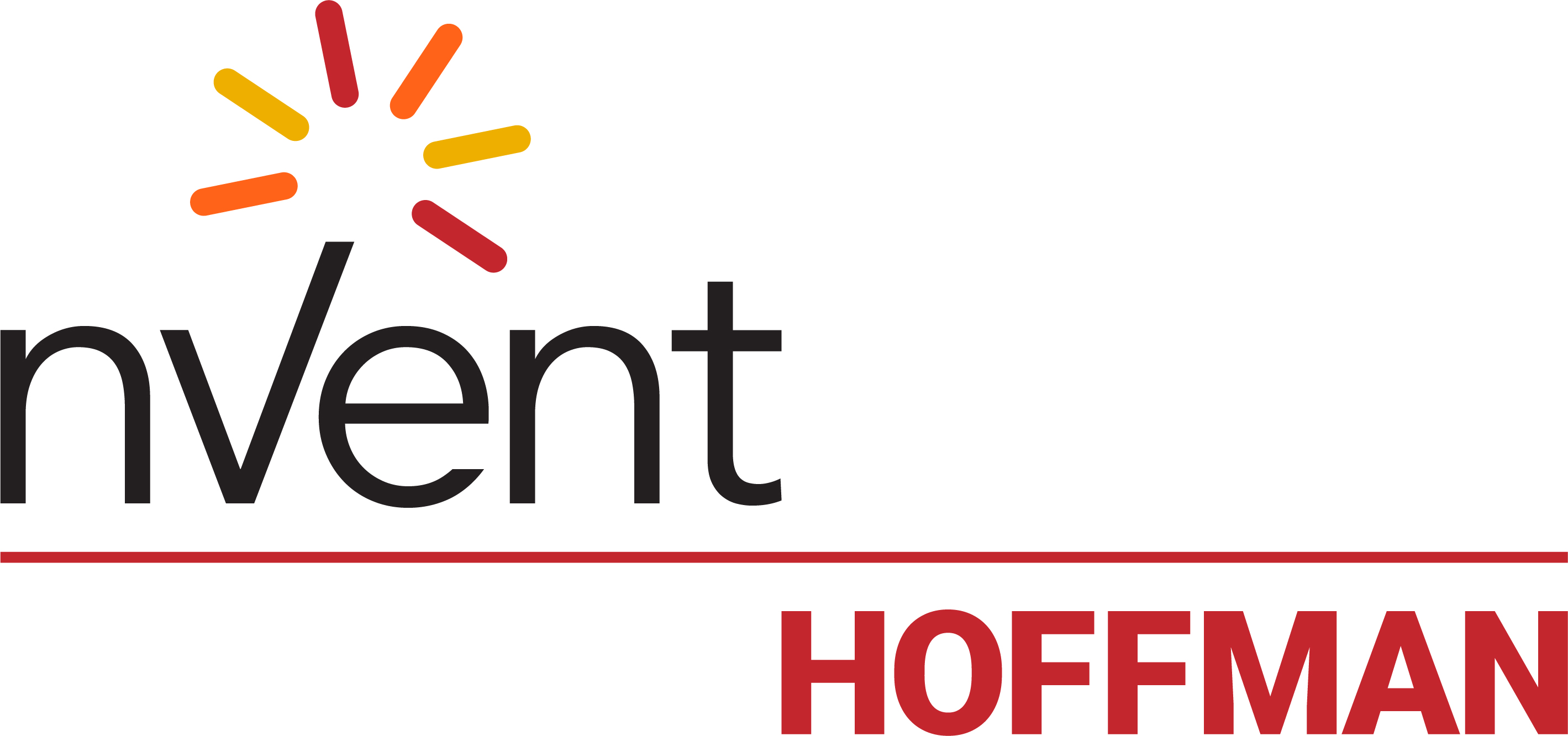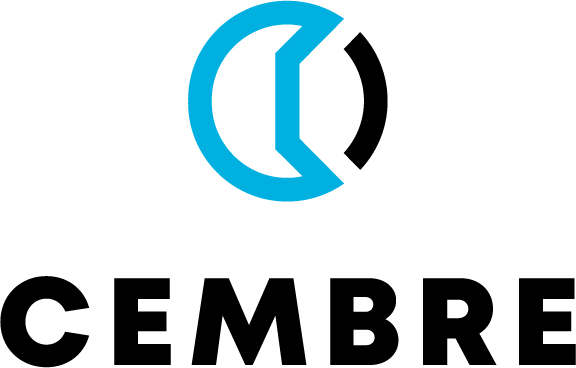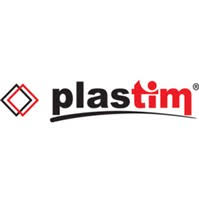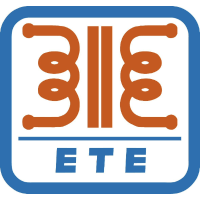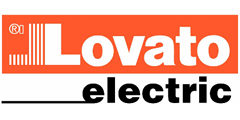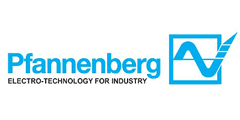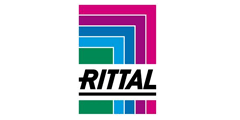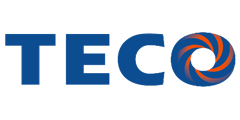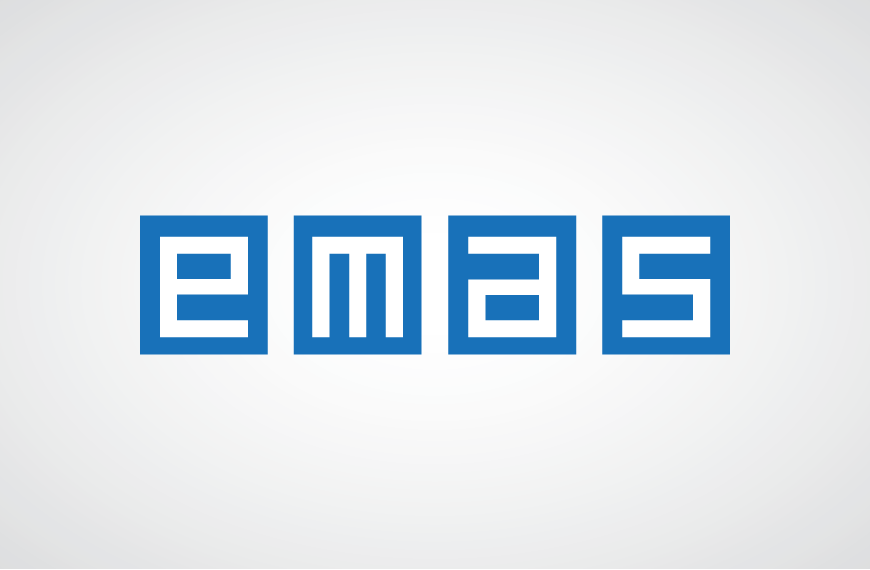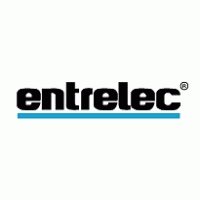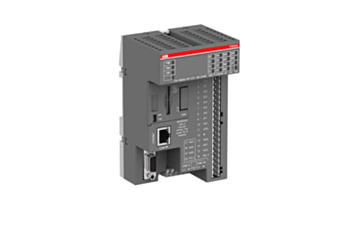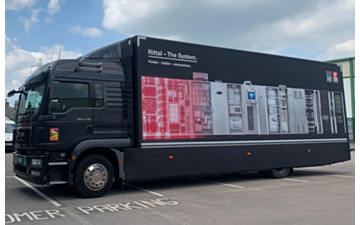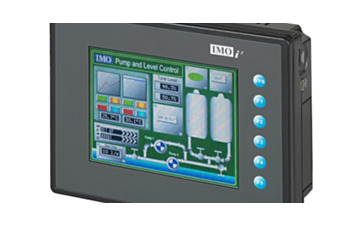Maximise efficiency with IMO All-In-One controllers

British brand IMO is known throughout the industrial engineering world for innovation, reliability, quality and efficiency. (That’s why we’re proud to be an official IMO distributor here at LED Controls.)
A great example of these characteristics would be IMO’s All-In-One controllers. Combining a programmable logic controller, human-machine interface, and I/O handling into one compact device, these units offer a practical and scalable solution across a wide range of industrial applications, making them perfect for simplifying your control architecture without compromising on functionality.
A quick introduction to IMO All-In-One controllers
At the core of any All-In-One controller is the principle of integration. Rather than using separate components for PLC, HMI and I/O, these devices bring everything together into a single, unified system. The result is a more compact footprint, fewer points of failure, and a much simpler installation process.
IMO’s range of All-In-One units covers a broad spectrum of automation requirements. These controllers are designed to handle complex tasks without external modules or complicated wiring scheme. Built for quick deployment and straightforward configuration, they’re an ideal option for cost-sensitive applications that still demand reliability and precision – whether that’s running a modest pump system or coordinating a small production line
The key features in a nutshell
- Integrated PLC, HMI, and I/O in one compact device
- Colour touchscreen interface with intuitive menu navigation
- Digital, analogue, high-speed and PID-capable I/O options
- Ethernet, RS232, RS485, and MODBUS RTU/TCP support
- Optional cloud connectivity and remote monitoring features
- Free development software with no ongoing licence fees
- Real-time clock, trend logging, and alarm management built-in
Each unit delivers core control functionality without extra modules. The onboard Programmable Logic Controller is capable of handling time-critical control tasks, from basic sequencing to full PID loop regulation. I/O configurations are built into the unit itself, with multiple models offering varying combinations of digital inputs, relay outputs, analogue signals, high-speed counters and temperature sensing.
User interaction is handled via a colour touchscreen – typically between 3.5” and 7” – with responsive controls and clear display layouts. Built-in real-time clock functions support time-based automation or logging, while the alarm features can give you immediate visibility of key system events.
What’s more, communication works across multiple standards. Ethernet ports handle TCP/IP-based communication and integration into SCADA or remote systems, while RS232/RS485 ports link up with MODBUS RTU devices and third-party equipment. MODBUS TCP, cloud protocols and mobile access (on some models) provide additional options for remote data handling and diagnostics.
Configuration and programming use manufacturer-provided software, typically available at no extra cost. It brings together ladder logic, HMI design and communication settings in one place – a structure that speeds up development and simplifies long-term maintenance.
The key ways that IMO All-In-One controllers help you to boost efficiency
IMO All-In-One controllers can help to boost efficiency in a wide variety of ways. For starters, they can help you speed up deployment by letting you develop, test and roll out control logic, HMI design and communications in a single software environment. You don’t need to jump between platforms or resolve compatibility issues – everything is handled in one place, which cuts development time significantly.
They can also make installation quicker and more manageable. Everything is built into one unit, so that reduces the number of components to mount, wire and configure. This saves time, simplifies your panel layout and lowers the chance of wiring errors.
During operation, the integrated architecture ensures immediate communication between your logic and interface. Inputs register instantly, which helps maintain responsive machines and smooth processes. Meanwhile, when problems occur, you can diagnose faults, check logs and adjust parameters using the same software you used to build the system. That avoids the need to switch between tools or reconcile settings from separate systems.
Using the same platform across multiple machines also helps make support and training more consistent and easier to manage. Once you understand the environment, you can reuse it across sites with minimal disruption. If remote access is supported, you can review data, update systems or resolve issues without needing to be physically present.
How to reduce costs with integrated design
All-In-One controllers provide immediate cost savings through the removal of separate PLCs, HMIs and I/O modules. Everything sits within one device – a structure that reduces sourcing requirements, shortens installation time and cuts down on component overhead.
Cabinet space is used more efficiently, which supports smaller enclosures and compact layouts. That reduction influences the whole system – panels use less material, assemblies are lighter, and transport becomes more cost-effective. Plus, cabling requirements are cut significantly. Without multiple communication paths between devices, both wire cost and installation labour drop. The same goes for power – one device uses one supply.
Then there’s the software costs – which are often removed altogether. Most All-In-One controllers come with full development environments at no charge, including tools for logic programming, HMI setup, communications and diagnostics. That gives you access to essential features without separate licences or hidden charges.
Ongoing support is easier to manage. With fewer parts to track and fewer failure points to inspect, that simplifies inventory and accelerate field maintenance. Remote diagnostics help cover faults before they escalate, and firmware updates – when needed – are handled through one consistent interface.
For OEMs, system integrators and in-house engineers, this integrated approach helps reduce total project cost in a measurable way – a result that does not compromise flexibility, capability or future scalability.
That’s all the basics covered! And of course, if you’ve ever got any specific questions, or need any help advice with our programmable logic controllers, you can always rely on our team here at LED Controls. Just give us a call on 01706 242050. Our team is here to help!












